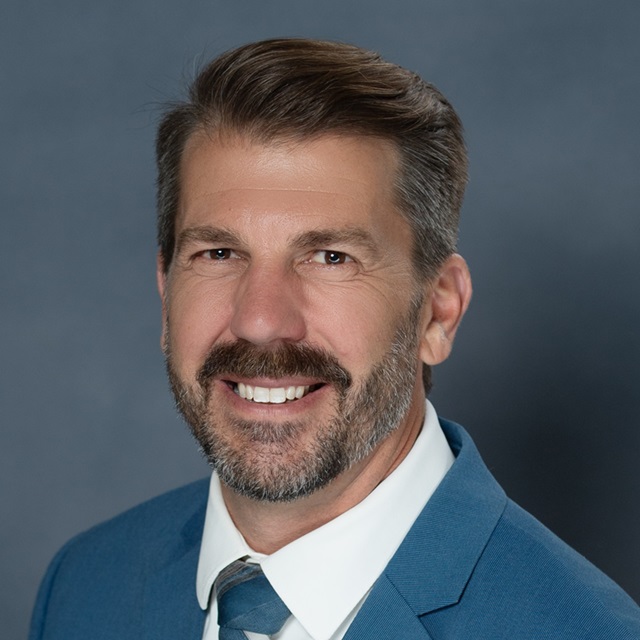Stormwater at Your Home

Stormwater runoff is precipitation that flows across the land. Stormwater may infiltrate into soil, discharge directly into streams, water bodies, or drain inlets, or evaporate back into the atmosphere. In the natural environment, most precipitation is absorbed by trees and plants or soaks into the ground. In the built environment rain that falls on a roof, driveway, patio or lawn runs off the surface more rapidly, picking up pollutants as it goes. This stormwater runoff flows into streams or storm drains that discharge into waterways like our creeks and rivers, which eventually flow to the ocean.
There are many simple ways that residents of San Luis Obispo County can help prevent stormwater pollution. Check out the County’s top 10 Ways to Prevent Local Stormwater Pollution for simple ways to help. For more information check out the resources below:
Resources
| 10 Ways to Prevent Local Stormwater Pollution Brochure |
FAQs
Yes! There are many benefits to collecting and storing rainfall from your roof to use for irrigation. See the Rain Barrel Factsheet to learn more about constructing a rain barrel and permitting requirements.
Yes! In 2019 the County established a recommended native seed mix adapted for stabilizing bare soils county-wide. The County Standard Seed Mix includes low height, low fire risk native plants and grasses.
Washing your vehicle can help prevent stormwater pollution! Waiting for a ‘rain wash’ actually carries built up grime and pollutants into stormdrains. Washing your car regularly can help keep our waterways clean and protect water quality!
The best method for disposing of pool or spa water depends upon your location and whether your property is served by a sewer or septic system. Please review the Pool & Spa Drainage Factsheet and consult the proper department staff for additional guidance before you begin draining!
The best way to prevent stormwater pollution is to take your car to a commercial carwash that collects and recycles the wash water. Automated washes and coin washes are great options.
Fixing leaks promptly and keeping tires properly inflated are great ways to help prevent pollution. Check out some Simple Ways to Reduce Stormwater Pollution.
The most common items are: fluorescent lamps and tubes, batteries, computer and television monitors, pesticides or herbicides, paint, and electronic devices. For a comprehensive list, check the CalRecycle page.
There are several locations in San Luis Obispo County that accept Household Hazardous Waste. Check out the Integrated Waste Management Authority Webpage to find a location near you.
Many local retailers offer take-back programs on household items so that you don’t have to make a special trip to the landfill. Check out the SLO Take Back Program webpage to find a location near you.
Many local service stations accept and recycle used motor oil and filters. You can also contact your waste hauler for a free disposal container and pick up. Check out the Integrated Waste Management Authority Tips on Used Motor Oil and Filters.
Adjusting your day-to-day habits can help prolong the life of your septic system. Strive to be SepticSmart at home, and learn more from County Planning & Building.
There are many beautiful plants that can be installed around your home that require minimal irrigation and create an attractive landscape. Learn more about Water-Wise Gardens & Landscapes and Planting a Healthy Garden.
While every situation is unique, there are many alternative products that can be an effective and healthier solution. Check out the Alternative Products Guide to learn about different methods of controlling pests.
Pet waste is not an environmentally friendly fertilizer or acceptable in most compost facilities. Learn more about Safe Pet Waste Management.
Stormwater can be captured and used as a resource on your property by installing rain barrels, permeable surfaces and rain gardens. Learn more strategies by downloading the Homeowner’s Guide to Rainwater Management.
